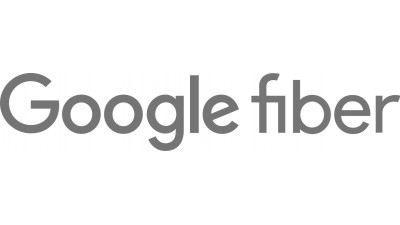Top 4 Ways Multifamily Pros Are Leveraging Technology

Technology-related expenditures are unavoidable in the effort to remain competitive. Owners, developers and property managers need to closely monitor tenants’ needs to maximize the impact of their tech-allocated dollars.
“Investing in viable tools is important,” North American Properties partner and vice president of development John Kelley said. “There are plenty of gimmicks out there, and it’s essential to distinguish them from technology that can actually add value.”
He performs a careful cost-benefit analysis to determine which new technologies warrant implementation. Here are his top four tech best practices for multifamily pros.

1. Hire Digital Natives To Formulate Social Strategy And Reach Fellow Millennials
“We actively promote each of our properties across just about all available social channels, and our key to keeping up with Millennials is that we hire Millennials to manage these platforms,” Kelley said.
Each of his properties has a dedicated social media manager, familiar with NAP’s brand voice and able to disseminate its marketing message where it will resonate. Rather than focus solely on new tenants, they boost retention by engaging with current ones to better anticipate and address their needs.
“One hundred percent of our marketing is done through social media,” Kelley said. “For the past several years, our budget for traditional advertising has been nonexistent, $0.”
Every property has a social media presence before construction commences; upon completion, each has a built-in community of online followers.
2. Use Virtual Reality To Promote Marketing Efforts
As potential tenants conduct more of their research online, they are visiting units less frequently. Virtual reality can provide a realistic reproduction for them, stimulating an emotional response while allowing them to customize it with furniture and finishes.
“We are using VR right now to market the redevelopment of Colony Square in Midtown Atlanta,” Kelley said. “This 50-year-old mixed-use property will see significant changes, like eliminating an enclosed mall area to make way for an open-air plaza.”
His architects used VR as a design tool and created a virtual model of the reimagined property. Tenants can walk through the finished project before its groundbreaking. Words and renderings are sometimes insufficient for communicating the complexities of a space, and this missing experiential component is what VR fills.
3. Repurpose Parking Space
“Due to the fact that we have millions of dollars invested in parking structures, ride-sharing services and advancements with autonomous vehicles represent transit trends we’re closely watching,” Kelley said.
As these technologies mature, they combine with emphasis on sustainability (especially in Millennials’ minds) and transit-oriented developments to greatly diminish requisite parking spaces per tenant.
“As property owners and developers, we have to make decisions about parking structures that take this fast-changing dynamic into account, while looking ahead to the future and deciding what to do with excess parking,” he said.
4. Prioritize Connectivity
High-speed internet is no longer a luxury, but a necessity as it forms the link between the tenant and vital services. Houses integrate connected devices to regulate temperature (smart thermostats), to keep out intruders (visual doormen and smart locks), to control light (smart shades and dimmers) and to provide voice assistance. New technology can even rock tenants' babies to sleep (smart cradles).
Tenants are growing accustomed to streaming data-draining high-definition videos while family members play games that require a lot of bandwidth.
“We are putting high-speed internet in all of our new developments as a means of future-proofing our investment,” Kelley said. He has also introduced it at many of his older properties.
“Our Avalon project in Alpharetta was Georgia’s first 'Fiberhood,' with gigabit internet speeds available to every retailer, office, resident and hotel guest on the property,” he said.
He finds the ability to claim that a property’s internet capacity will exceed any tenant's anticipated future requirements to be an excellent selling point.

